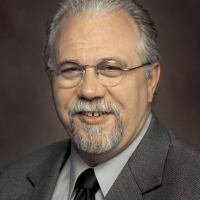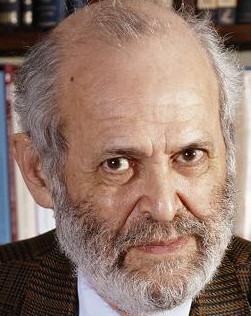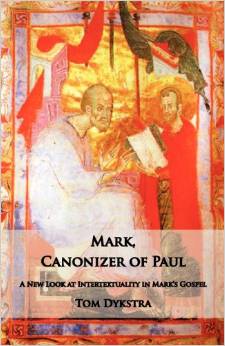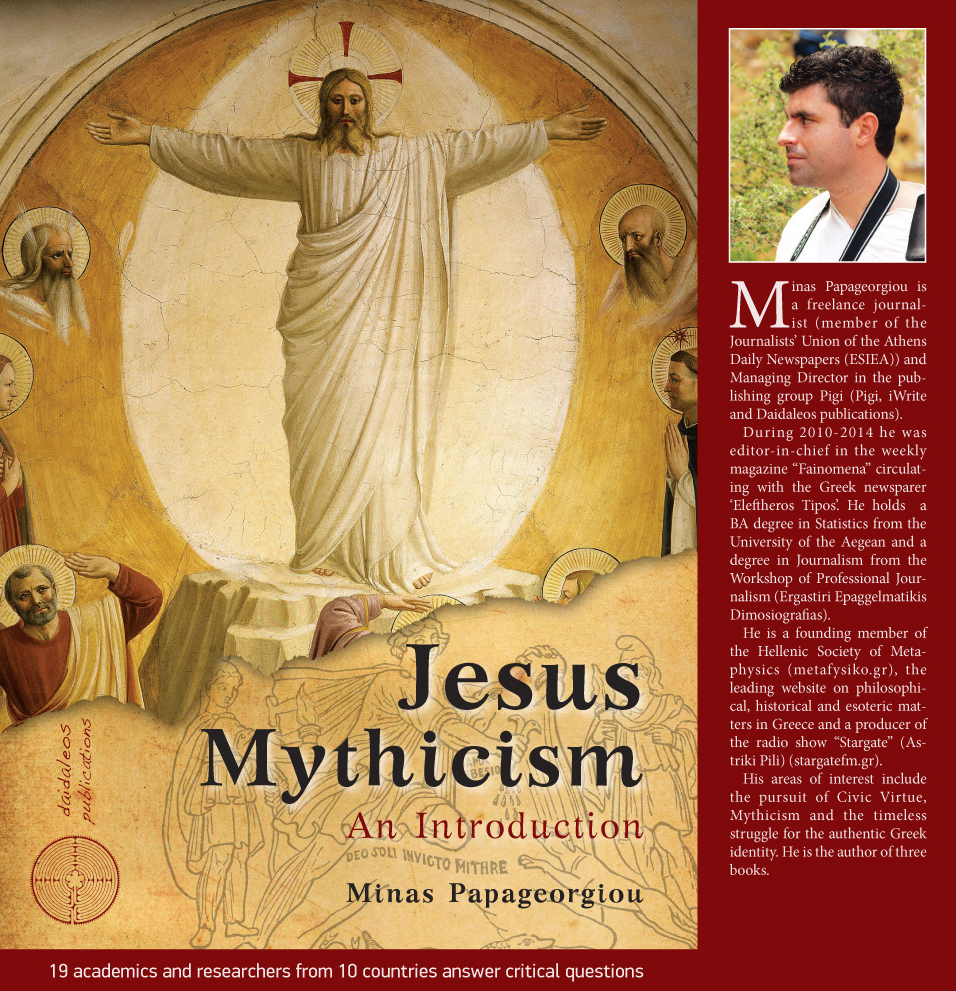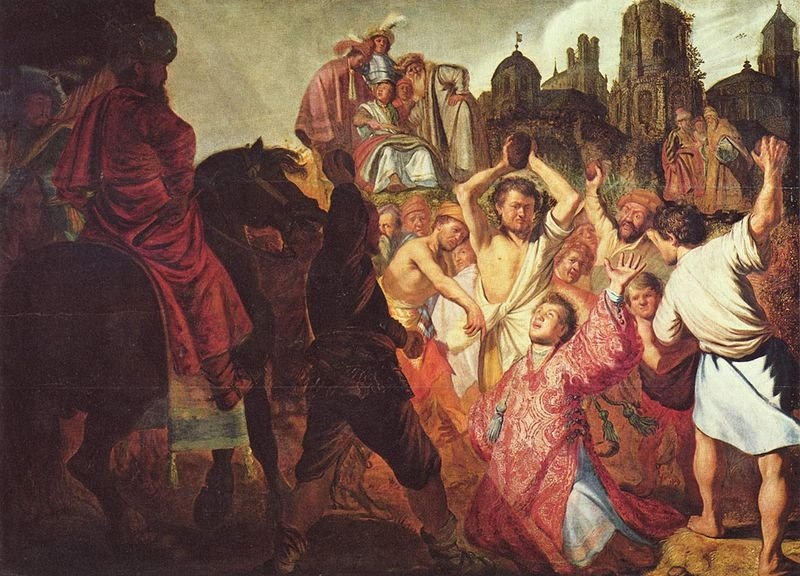
In Appian of Alexandria’s The Mithridatic Wars, we read that in preparation for the third war against Rome, Mithridates VI of Pontus performed sacrifices to Zeus Stratius “in the usual manner.” Then he propitiated the god of the sea by sacrificing “to Poseidon by plunging a chariot with white horses into the sea.”
Adrienne Mayor, author of The Poison King, embellishes upon Appian’s laconic narrative. [Note: Both spellings, Mithradates and Mithridates, are commonly found in the literature. The first is more common in Greek inscriptions, while the Romans preferred the latter.]
Four snow-white horses pulled the golden chariot, encrusted with gems flashing in the sun’s first rays. There was no driver. The beautiful horses galloped at full speed across the windswept cliff and plunged into the sparkling sea below.
Mayor, Adrienne (2009-09-28). The Poison King: The Life and Legend of Mithradates, Rome’s Deadliest Enemy (Kindle Locations 4605-4607). Princeton University Press. Kindle Edition.
Mayor recounts how this startling image captivated peoples’ imaginations over the centuries.
Some five hundred years later, for example, the early Christian writer Sidonis Apollinaris described a splendid castle in Gaul adorned by a dramatic painting of Mithradates’ sacrifice. In 1678, the English playwright Nathaniel Lee pictured Mithradates sending “a chariot, all with emeralds set, and filled with coral tridents, [and] a hundred horses, wild as wind” over the precipice.
Mayor, Adrienne (2009-09-28). The Poison King: The Life and Legend of Mithradates, Rome’s Deadliest Enemy (Kindle Locations 4610-4612). Princeton University Press. Kindle Edition.
While reading Mayor’s book over two years ago, I immediately began to wonder whether this act of Mithridates might have been on Mark’s mind when he wrote the story of the Gerasene demoniac. Off and on since then, I’ve half-heartedly searched for scholarly articles that might link the two stories, but so far to no avail. Continue reading “Drowning the Gerasene Swine: A Mock Sacrifice?”

